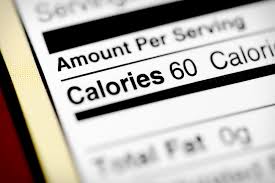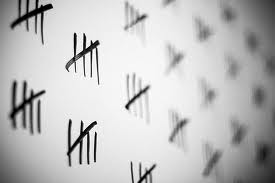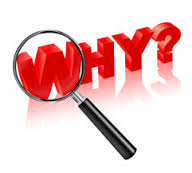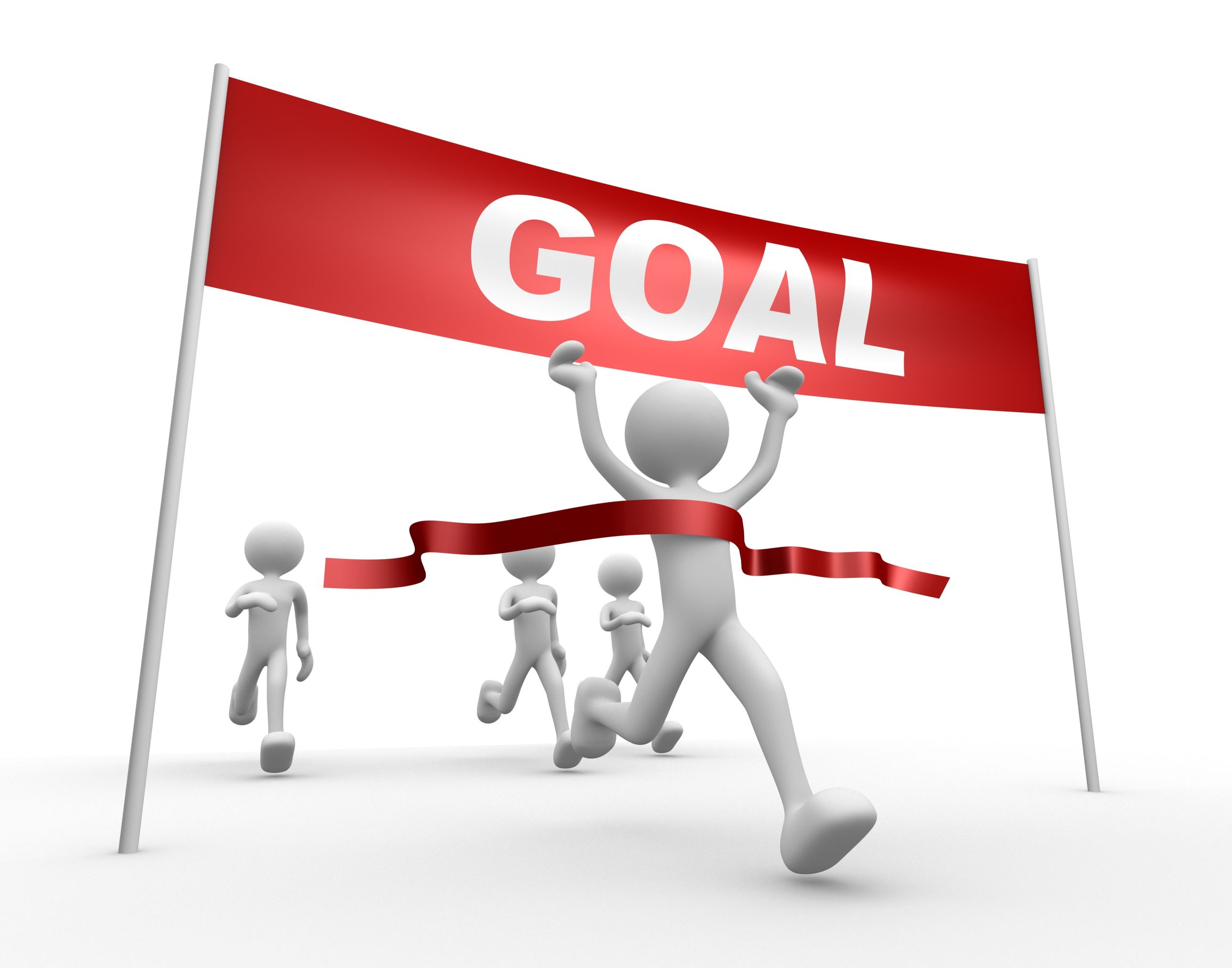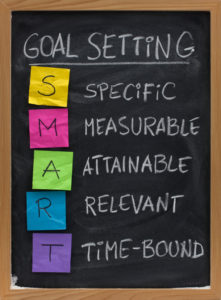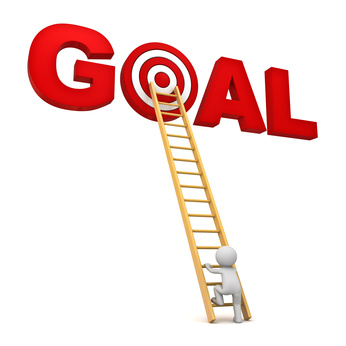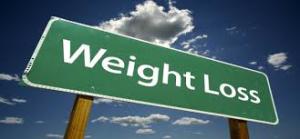In the last few posts we focused on the importance of setting goals. We looked at why determining exactly WHAT you want to accomplish is paramount to goal achieving.
Then we discovered that after deciding exactly what you want to achieve (your target), identifying WHY you want to accomplish the goal is the second-most important step. Without a strong WHY, daily distractions and other people’s agendas can derail you. You’ll find yourself dealing with the “urgent”, making it difficult to get to the “important”.
We also learned how “tracking” can help bring a moment to moment awareness to the many unconscious choices we make. These unconscious choices can sometimes sabotage your good intentions, which negatively impact your results.
Although we are all unique individuals, we have many similarities, thanks to evolution and how our brains are wired. In fact, we are all driven by a desire to gain pleasure and a need to avoid pain.
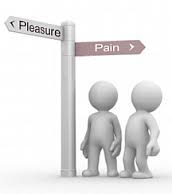 These 2 powerful forces are involved in most, if not all of our decisions. They are major unconscious motivators and influences behind “why and when” we do things. So it’s important to recognize these forces so you can take control of your decisions by leveraging them to your advantage.
These 2 powerful forces are involved in most, if not all of our decisions. They are major unconscious motivators and influences behind “why and when” we do things. So it’s important to recognize these forces so you can take control of your decisions by leveraging them to your advantage.
“The secret of success is learning how to use pain and pleasure instead of having pain and pleasure use you. If you do that, you’re in control of your life. If you don’t, life controls you.” – Tony Robbins
Think about how you get yourself to do something that you really don’t want to do. What motivates you to take action? To get it done? The carrot or the stick?
We are all motivated by different things. Every decision we make is influenced by one of these two principles. And whichever of the 2 emotions is stronger in a given situation will usually determine our next step.
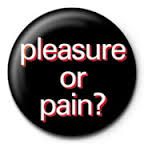 For example, let’s say you plan to go to the gym in the morning. But when you wake up it’s dark, cold and rainy; and it’s so warm and comfortable under the covers. So you start negotiating with yourself (in the comfort of your bed).
For example, let’s say you plan to go to the gym in the morning. But when you wake up it’s dark, cold and rainy; and it’s so warm and comfortable under the covers. So you start negotiating with yourself (in the comfort of your bed).
You may try to rationalize that you’ve already worked out 4 days this week and missing a workout isn’t going to hurt. Or that you’ve been working long hours and could use an extra hour of sleep. How do I know? Been there, done that!
But if your WHY for going to the gym is stronger, then your feet will hit the floor and you’ll be on your way, rain or shine.
On the other hand, let’s say you’ve got a proposal to write that you’ve been putting off. And in that moment, you perceive that pain to be less than the intense workout you are now dreading. Maybe you’ll work on the proposal now and postpone your workout until this evening (’cause you want to mix up your routine, or something like that…).
See how it happens? There’s no right or wrong answer here. Only you can determine what’s best for YOU. And that could include taking in that extra hour of rest and blowing off your workout, without feeling guilty (as long as it doesn’t happen every day).
Sometimes you just need to slow down and listen to your body.
These are only a few examples. My point is to bring your awareness to these 2 forces and help you understand how they play a part in every area of your life. And once you become aware of how this desire to gain pleasure and need to avoid pain influences your choices and decisions, you can be better equipped to make more conscious, positive changes in your life.
This is a simple concept to understand in print, but not always so easy when you’re busy, stressed out or not consciously thinking about it. And that’s the point – to be more conscious and aware of your choices, habits and decisions.
If you want to lose those extra 30 pounds once and for all, and keep it off forever, it’s time to discover your pain & pleasure drivers. Understanding these 2 forces, and how they influence your choices & decisions adds another dimension to helping you succeed.
Let’s face it, we all have areas in our lives where we want to improve. But things like “life” can sometimes get in the way or take a priority over our own plans. Whether that means you’re spread a little thin, overwhelmed & stressed, or dealing w/struggles & setbacks, you have a number of tools and strategies for dealing with the hand you’re dealt.
I’m not sure who said it but it’s genius. “It doesn’t matter what happens to you. Stuff happens to everyone. What matters is what you do about what happens to you.” – Unknown.
The great John Wooden also said it well when he said “Things turn out best for the people who make the best of the way things turn out”. I love these 2 quotes.
Now go make something happen and let us know about it. To your success…

